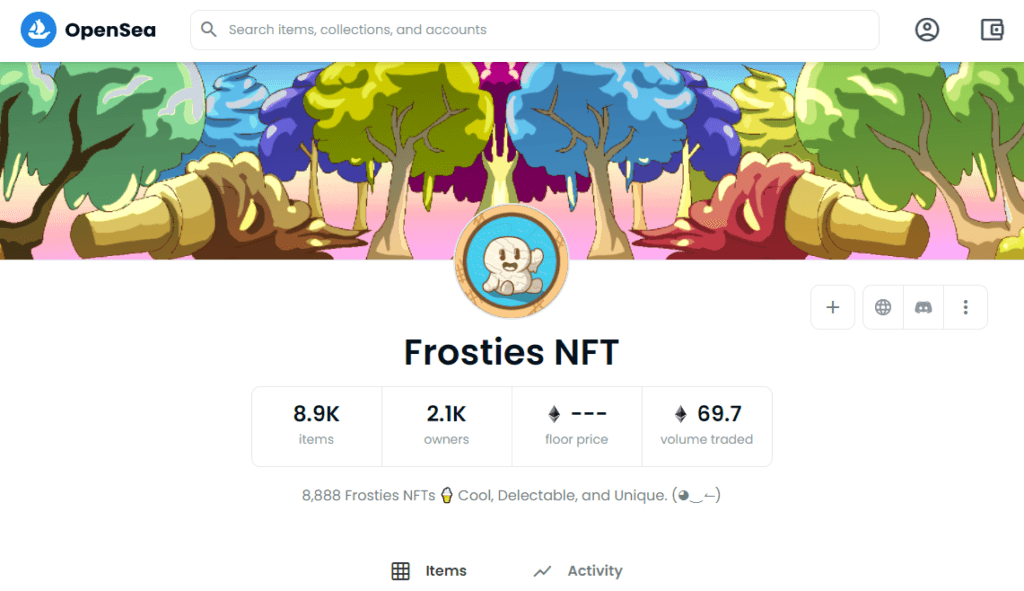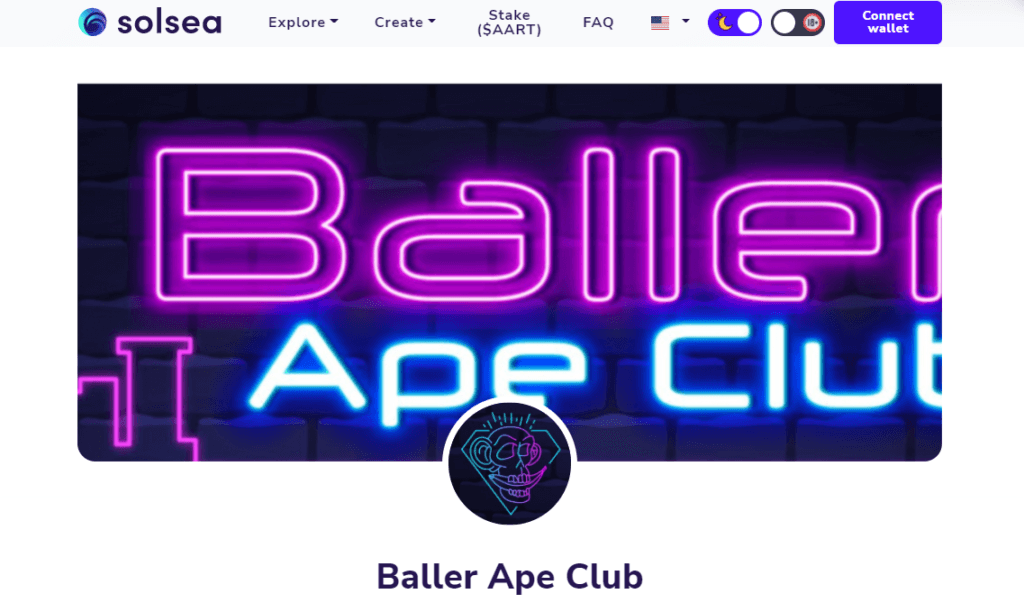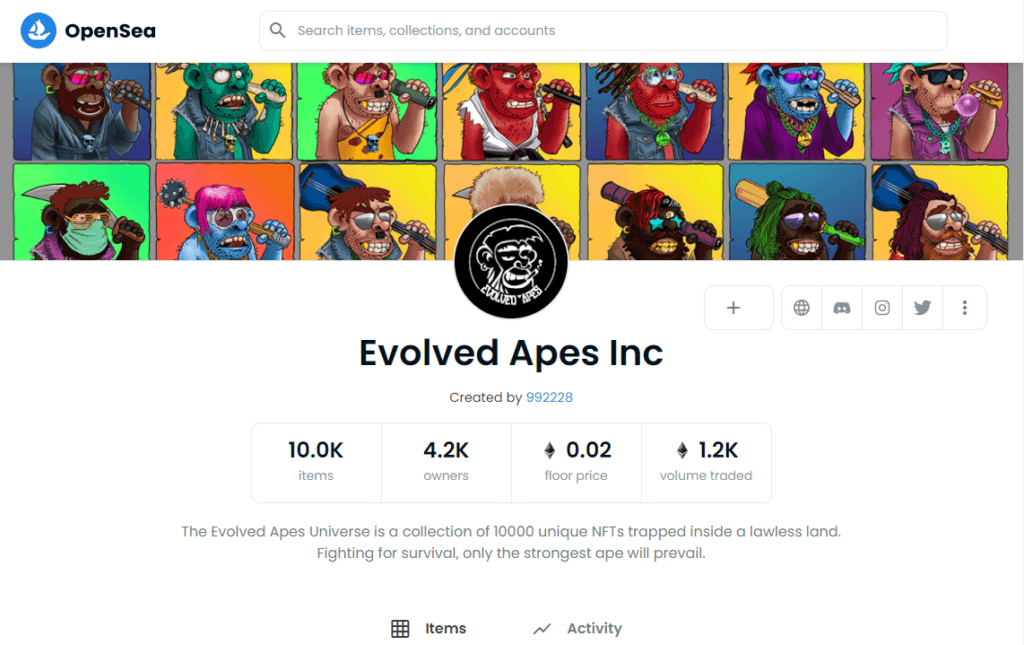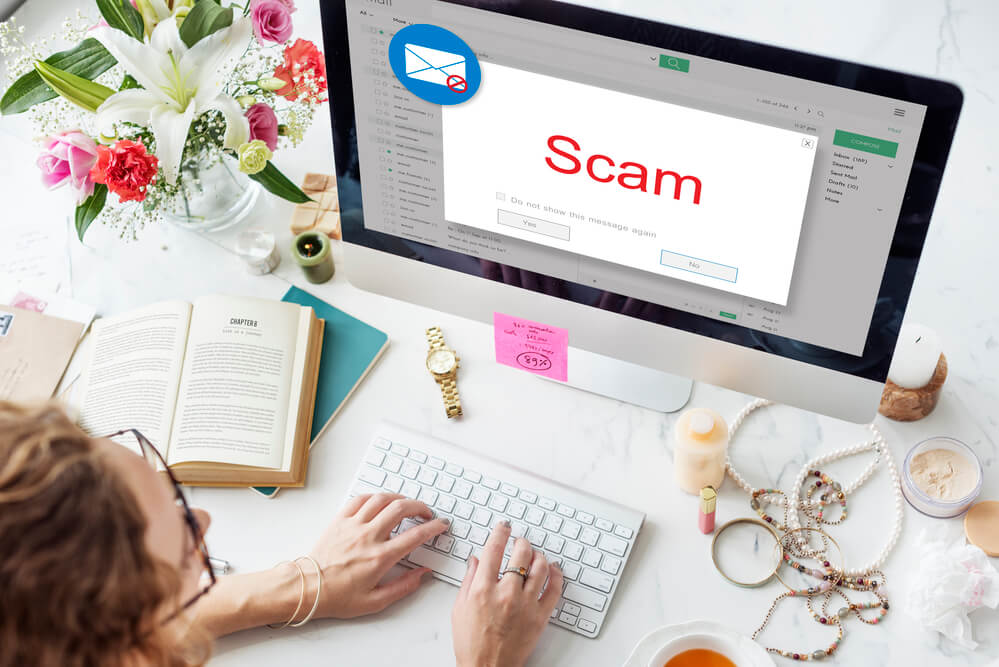Find out all the details about what is a rug pull in NFTs, how to recognize one, and stay on the safe side when minting or trading NFTs.
If you are ready to buy your first NFT or want to expand your collections, you might want to pay close attention to today’s topic and get familiar with rug pulls in NFTs.
A rug pull means the NFT project is suddenly stopped, and investors lost the money while the scammers profited. This occurrence is not new in the crypto world, as many are trying to create new ways to make a quick buck, but the rug pulls in NFT are unique.
This is why we are going into detail about the scamming system and ways to be safe with your investments on the blockchain.
Table of Contents
What is a Rug Pull in NFTs?
A rug pull is a scam created to promote the NFTs and pull back once the price increases.
Most of the time, the NFT in question will be presented as a new and better way to earn money, heavily promoted on social networks and hyped up. But, the project then suddenly stops, and the creators of the NFT go away with all the money from investors.
Scammers are getting creative and coming up with new ways to deceive crypto newbies and enthusiasts.
For example, one of the first NFT rug pulls happened in 2021 with a project called Iconics, which was created on the Solana platform. The artist behind the project promised to deliver over 8,000 3-D pieces but scammed the investors and got away with over 1,000 SOL (Solana tokens worth around $127,00 now).
Even though the world of NFT has some fantastic additions like WoW or The Sandbox, there have been scams in 2022 also. The Frosties NFT is one of the most popular rug pulls that happened at the beginning of the year with over $1.3 million damage to the investors.

The Frosties 8,888 NFTs dropped to nearly zero overnight, and creators Ethan Nguyen and Andre Llacuna disappeared with the investment money. By the time the U.S. Department of Justice arrested them, they were already preparing the launch of a new NFT with intentions to make another rug pull.
Some rug pulls used a literal picture of a carpet to replace the computer-generated NFTs. The artist known as Neitherconfirm wanted to demonstrate how easy it is to manipulate both investors and the art created and sold as NFTs.

Scammers planning a rug pull usually use well-known NFTs to draw the audience’s attention and make it look legit. One of the best examples of this practice is two NFT rug pulls – Evolved Apes and Baller Ape Club.
Using the image of the famous and legit collection Bored Ape Yacht Club, the two NFTs fooled people into buying the non-fungible tokens. It’s important to remember that this NFT project looked completely normal, and they had a team, community, and investors to back them up.
Although some claim there were red flags, such as the anonymous creator named “Evil Ape,” investors ignored them, and the scammers managed to get away with over $4.7 million worth of ETH and SOL.
Victims of the Baller Ape Club didn’t even have the chance to have their NFTs; the creators provided only a fake link to investors. This link led the investors to click multiple times and transfer SOL without realizing it.

One of the most damaging and high-profile cases of a rug pull in the NFT community has to be the Balloonsville project. The anonymous team behind the scam managed to get away with over $2.5 million (17,890 SOL).
The entire project was so good, and the effort into details and community was extremely well thought through that even seasoned crypto investors didn’t realize it was a fraud. The team behind the project even had the audacity to post some Tweets to announce the rug pull and mock the investors before they disappeared from all social platforms.

How to Spot a Rug Pull?
One of the most devastating things about rug pulls and scams in general with NFTs and cryptocurrencies is how hard it is to spot the fraud.
The entire NFT project is planned so well that even the trained eye couldn’t notice any red flags. In addition, the scammers are now ready to invest quite a lot into marketing campaigns, influencers, actors, and different prizes to show the project’s legitimacy.
However, you can do a few things to spot a rug pull even before you make the investment. Here is what you need to look for:
Team Behind the Project
Legit NFT projects have well-known people in the crypto and art community most of the time. Therefore, if you notice that the team is anonymous or your Google search of the so-called team members is not good enough – consider it a red flag.
While it’s not always the case of a scam and a potential rug pull, you need to be on the safe side and avoid creators who are not being too public.
Keep in mind that social network activities are not enough to determine the credibility of the NFT.
Community
NFTs are based on a solid community on most social networks but pay special attention to their Discord channel and Twitter.
If you notice thousands of followers on Discord and not so much on Twitter, the team is probably using bots to boost numbers and increase engagement. It’s harder to hype the project on Twitter because potential investors can discover fake accounts with Twitter Audit.
It’s all designed to create a facade of a legit project and lure investors who are looking for the next best opportunity to earn with NFTs.
Website
One of the first things you will notice after every big rug pull in NFT is the website’s disappearance. Scammers delete all social media channels and places that tie them to the fraud to cover their tracks, so make sure to analyze the website before you invest.
If the website looks sloppy, poorly designed, and with obvious mistakes, it’s probably built in a hurry and can be a red flag you are looking for.
Roadmap
A planned roadmap can look too good to be true, so make sure you take a closer look at the goals on the site. If the roadmap shows too much enthusiasm and unrealistic hyping, it’s most likely a scam.
Remember that you need to do your research and combine all of the mentioned techniques to determine if the NFT project is legit.

How to Avoid Being Scammed with NFT
Now that we are familiar with some of the examples of rug pulls and red flags you need to know about, here are a few additional details that can help you avoid the scam before investing.
Read The Whitepaper: An excellent and legit NFT project will always have a fantastic whitepaper that doesn’t sound like an advertisement. So, if you want to invest in NFT, read the whitepaper first, pay close attention to details and take your time with the research.
Evaluate the Team: NFT projects are constantly evolving and finding new ways to become a part of mainstream society. Thus, noticing famous brands and names supporting the project is a good indication of its credibility.
Follow the Project: Relevant and serious projects share consistent information on all social media and deliver on all promises. If you notice something suspicious with the information provided, keep looking for a better NFT to buy.
Wait Till Others Buy It: If the website looks legit, follow what minters are saying about it before spring in. Or pick it up on secondary markets like OpenSea or Mintable. Avoid using links from the creators and never disclose your personal information.
Use Multiple Wallets: It’s good practice to use one wallet for the morning and another hardware wallet for cold storage. That way, if the project has some contract risk, your other assets are still safe. The safest way to buy and store crypto and NFT is with hardware wallets such as Ledger Nano X.

